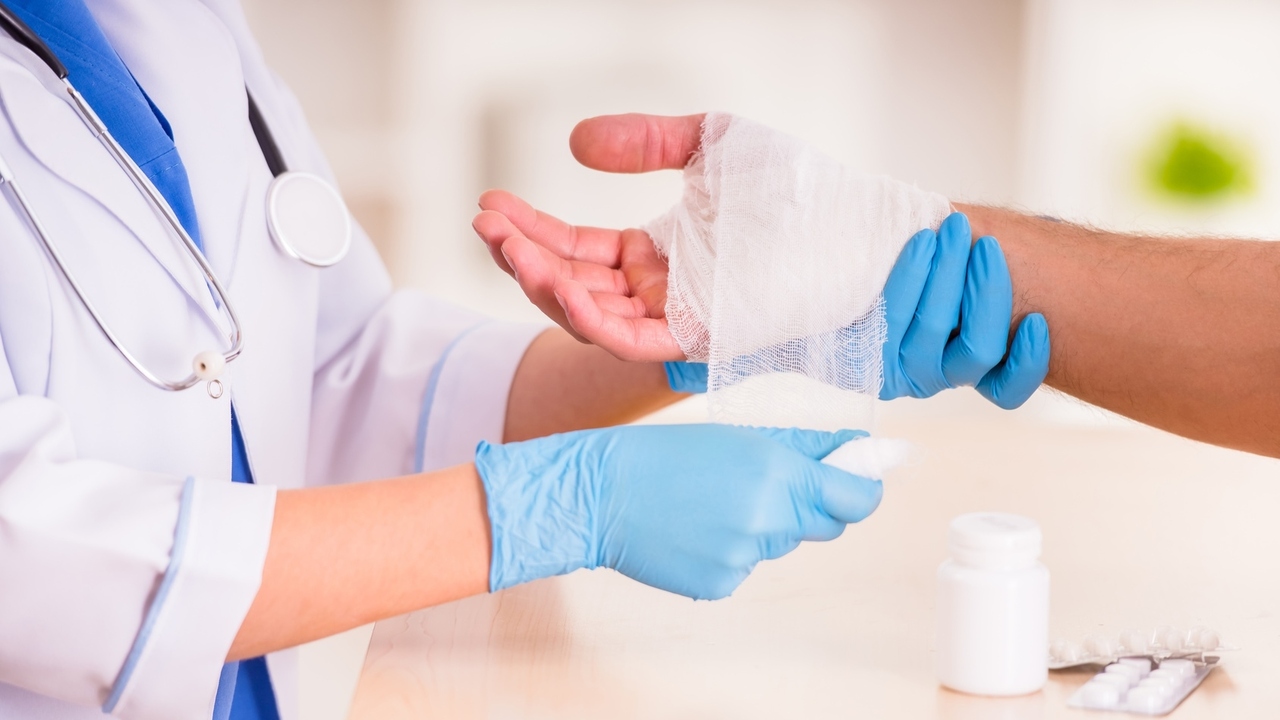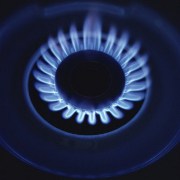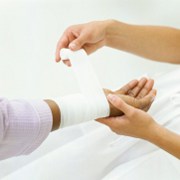Treatment
Treatment for a burn depends on the cause. Quick treatment is important and can lessen the damage to the tissues. First aid for minor burns may involve:
- Cooling the burn with running water or a cold damp cloth. Do not use ice—this may result in more damage to the skin.
- Do not use butter, grease, oils, or ointments on the burn.
- Cover the burn with sterile gauze or a clean cloth.
- Do not use a fluffy cloth such as a towel or blanket.
- Take an over-the-counter pain reliever, like acetaminophen (Tylenol).
- Do not break or pop any blisters. This may result in an infection.
-
If you see signs of infection, get medical attention. Signs of infection include:
- Increased pain
- Redness
- Fever
- Swelling
- Oozing of pus
Once a minor burn is completely cooled, you can consider using a fragrance-free lotion or moisturizer to prevent drying and make the area more comfortable.
For more serious burns, like deep partial-thickness or full-thickness burns, seek medical attention or call 911.Until an emergency unit arrives:
- Do not take off any clothing that is stuck to the burn.
- Make sure the victim is not near or in contact with any smoldering materials, or exposed to further smoke or heat.
- Do not soak the burn in water, but you can cover the area with a cool, moist sterile bandage or clean cloth.
- As with any severe injury, make sure the person is breathing and administer CPR if necessary.
If you are diagnosed with more than a minor burn, follow your doctor's instructions .
Hospitalization
A doctor will decide if hospitalization is necessary based on many factors. These include age, the cause of the burn, and the extent and depth of the burn. Reasons to hospitalize a person who has more than a minor burn may include:
- Age: younger than five years or older than 55 years
- Suspected child abuse
- Very small, deep burns on the hands, face, eyes, feet, or perineum (groin/genital area)
- Extensive burn: using TBSA and age charts
- Burns that may require complicated dressing changes, elevation, or continued physician observation
- High-voltage injury or burn
- Suspected or known inhalation injury
- Circumferential burn
-
Other medical problems that predispose a person to infection, such as:
- Diabetes
- Immunosuppression
- Sickle cell disease
Medical Treatment for Major Burns
If the burn is serious, the following treatments may be administered in a hospital:
- Oxygen to help with breathing
- Intubation
- Intravenous fluids to replace those lost from the burn
- Skin graft
- Splints—placed on joints to help maintain mobility
- Physical therapy, in the case of large burns
Please be aware that this information is provided to supplement the care provided by your physician. It is neither intended nor implied to be a substitute for professional medical advice. CALL YOUR HEALTHCARE PROVIDER IMMEDIATELY IF YOU THINK YOU MAY HAVE A MEDICAL EMERGENCY. Always seek the advice of your physician or other qualified health provider prior to starting any new treatment or with any questions you may have regarding a medical condition. Copyright © 2024 EBSCO Publishing All rights reserved.






